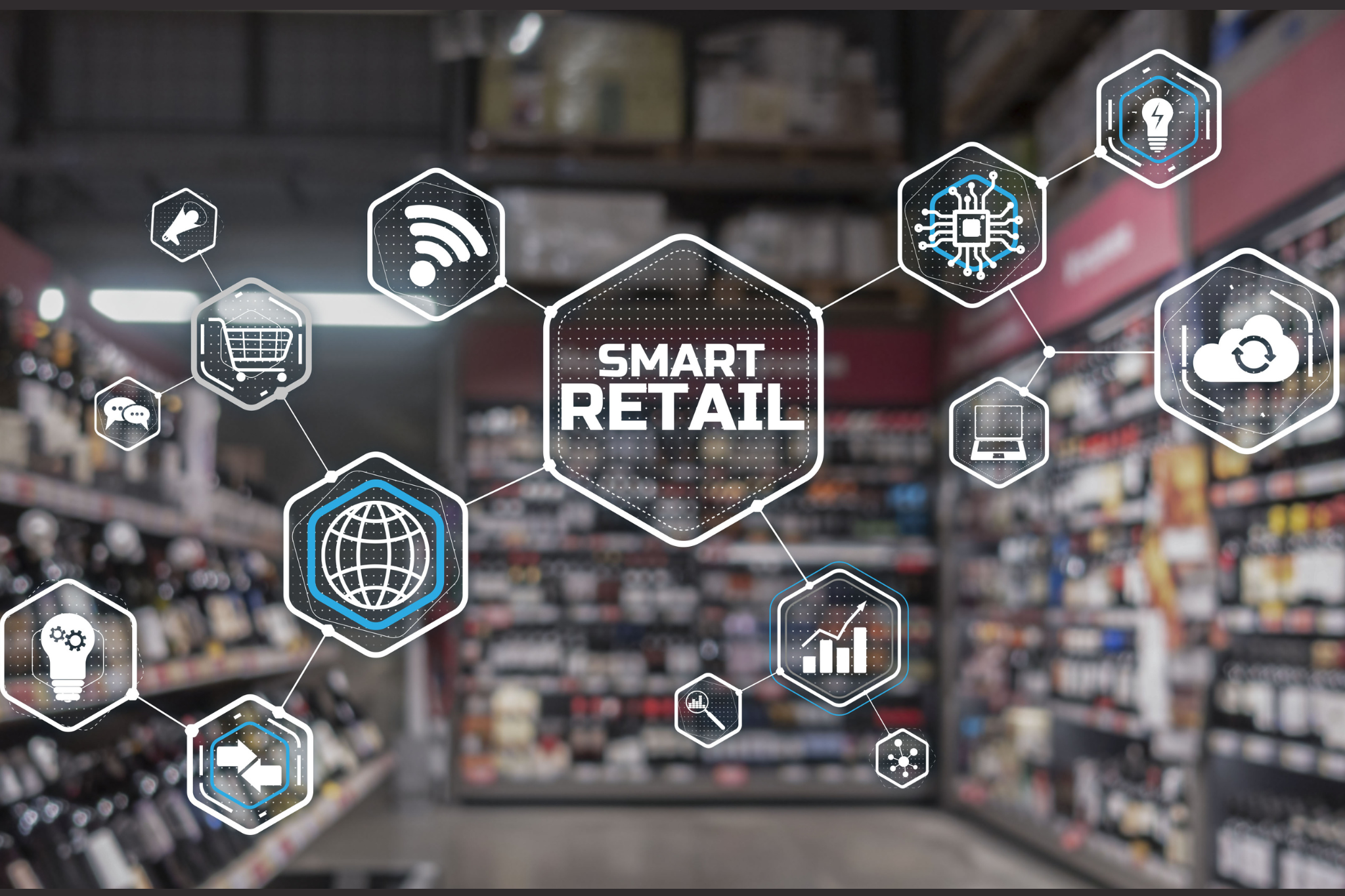The retail industry is experiencing a significant transformation as traditional brick-and-mortar stores increasingly adopt digital technologies to create an omnichannel retail experience. This strategic shift is not merely about survival but about thriving in the new retail landscape where digital and physical worlds converge.
Integration of digital and physical retail
For brick-and-mortar stores, having a robust digital presence is no longer optional. Websites, mobile apps, and social media platforms are integral touchpoints that drive consumer engagement and sales. These digital channels offer detailed analytics that provide insights into consumer behavior, preferences, and trends, which can be leveraged to tailor marketing efforts and inventory management.
Technological enhancements
Innovations such as augmented reality (AR) and virtual reality (VR) are increasingly being deployed in stores to enrich the customer experience, allowing for virtual try-ons and navigation of store layouts through mobile apps, which merge the convenience of online shopping with the tangibility of physical stores.
Customer data utilization
Retailers are leveraging customer data collected from multiple channels to personalize marketing and enhance the shopping experience. Advanced analytics help predict buying behaviors, tailor promotions, and manage stock more efficiently.
Seamless customer experience
The key to omnichannel success is a seamless customer experience across all platforms. Customers can interact with the retailer through multiple channels seamlessly, whether checking price and stock availability online before heading to a store, ordering online for in-store pickup, or even making returns via different channels. This seamless integration not only satisfies customer expectations but also drives brand loyalty and repeat business.
Logistics and fulfillment
Omnichannel strategy also extends to logistics and fulfillment. Retailers are increasingly using their physical stores as local distribution hubs to fulfill online orders, offering options like click-and-collect or same-day delivery, which add significant value for customers.
As retailers continue to refine their omnichannel strategies, they not only meet the evolving expectations of their customers but also build more resilient and flexible business models. The successful integration of online and offline experiences is essential in today’s competitive retail market, and those who master it will likely lead the industry.
